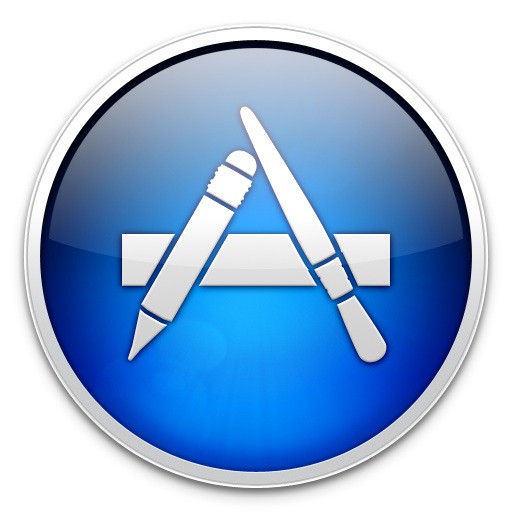There’s still some confusion regarding the new Mac App Store, and how it works with applications you already own.
The App Store software tries hard to spot which applications you already have installed, but it doesn’t always get this right.
The result is that sometimes the Store will show you an “Installed” icon, but sometimes it won’t even when it ought to. In which case, it will offer you the chance to buy an app, even if you already own it.
As far as I can see, there are several likely scenarios…
Scenarios
1. You don’t have a copy of a free or paid-for app installed already, and you download it from the App Store: that app is tied to your Apple ID, you will get upgrades for free from now on.
2. You already have a copy of a free app, which doesn’t show up as “Installed” when you browse it on the App Store, but you click Install anyway: your old copy will be replaced by the new one, which will be tied to the App Store henceforth. You won’t be charged anything.
3. You already have a copy of a free app, which does show up as “Installed” when you browse it on the App Store: your existing copy has been recognised by the App Store, but it’s not tied to your Apple ID and won’t be upgraded in future without your doing something about it. To convert, delete your old copy and re-install from the App Store. You won’t be charged.
4. You already have a copy of a paid app, which doesn’t show up as “Installed” when you browse it on the App Store, and you click the Buy button: I can’t be certain about what will happen in this instance, but in a test I conducted this morning with QuickCursor, the App Store version replaced the older version that was already in my Applications folder. It’s worth ensuring that your existing apps are up-to-date, and double-checking what you already own before clicking the Buy button. It is possible for you to end up buying something you’ve already paid for. That said, the App Store version might offer new features and updates to your old version, which is the case with QuickCursor; in which case, buying again is perfectly reasonable.
5. You already have a copy of a paid app, which does show up as “Installed”: your paid copy is recognised, but won’t appear in your list of Purchased items because you didn’t buy it through the App Store. To convert, you’ll have to delete your existing copy (might be worth backing it up somewhere first), and re-purchase from the App Store.
To me, it seems that scenario 4 is the most troublesome. The App Store does look at your Applications folder to see what you already have installed, but it simply doesn’t recognise everything it sees there. It’s down to us customers to check what we do and don’t already own.
Why does this happen?
When the App Store checks inside your Applications folder, it looks at particular details of the apps you already have installed, and checks these details against its own database back at Apple HQ. If the details match, it knows you have the app installed. But if the details don’t match, it assumes you don’t already have a copy.
In some cases, the details aren’t matching up, and that’s happening for all sorts of reasons. Sometimes it’s to do with version numbers, sometimes it’s to do with the way the developers have built their apps.
Why is code from the App Store different to other code?
It’s all do to with the licensing agreements imposed on everyone selling in the App Store.
Any app you buy there is subject to Apple’s rules – even if, in terms of features, it is identical to the same app still being sold independently by the developer outside of the App Store.
An application’s license is altered simply by its inclusion in the App Store. Even if there’s no functional difference, from a licensing perspective, it’s now a separate product.
Conclusion
My advice is this:
Firstly: don’t assume that the App Store knows what you have installed. It will spot some things, and miss others. It’s up to you to check what you own before you buy.
Secondly: If you already own software that you find later on the App Store, and you want to tie that software to your Apple ID and to future auto updates and free upgrades from the Store, the best thing to do is wait for the next significant update that you’d expect to pay for anyway, and re-buy the app through the Store then.
So if you already have version 2.2 of an application, and you can see 2.3 in the App Store, maybe just wait for now. Continue to check for updates that might be available direct from the developer.
Keep doing that until there’s a major update – say, 3.0. In many cases, you’d expect to pay the developer for an upgrade anyway, and this is probably going to be the best opportunity to convert your purchase to the App Store.


